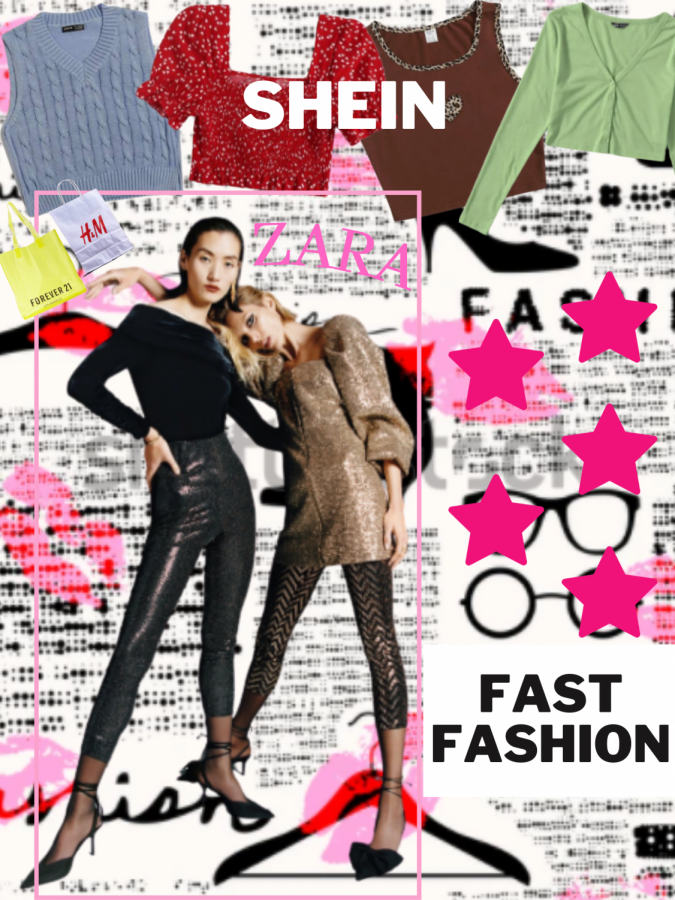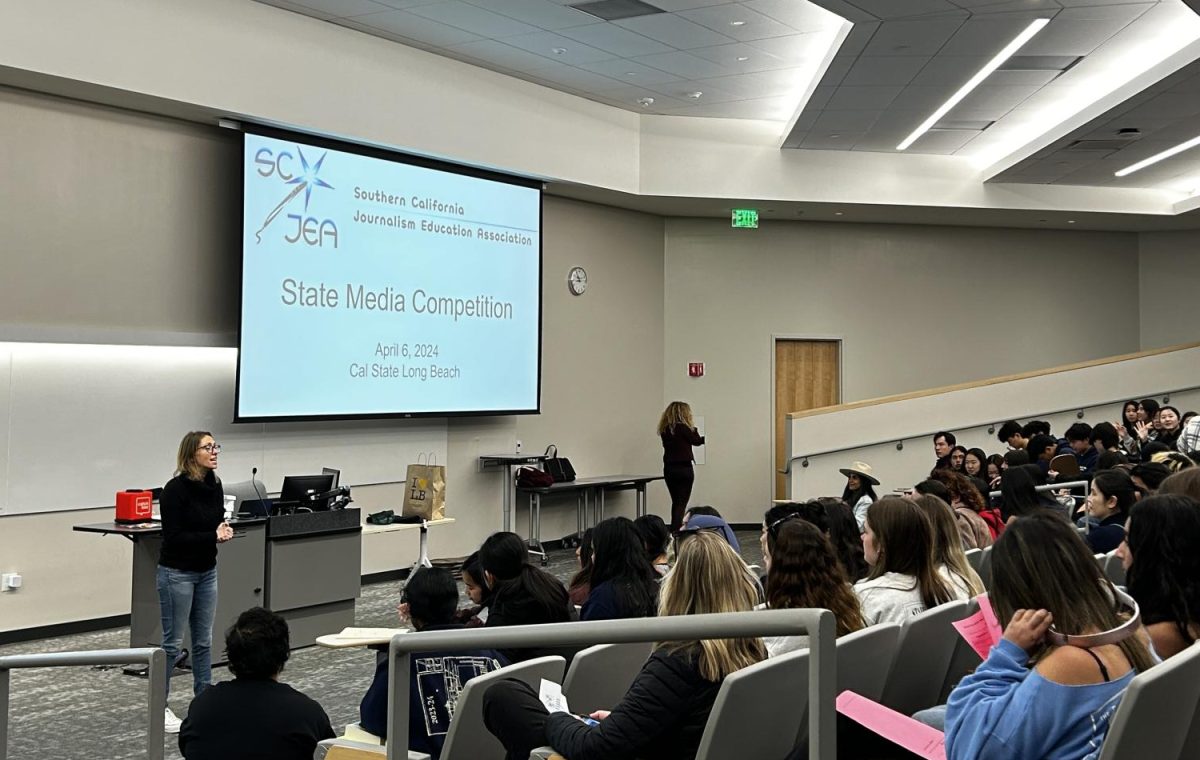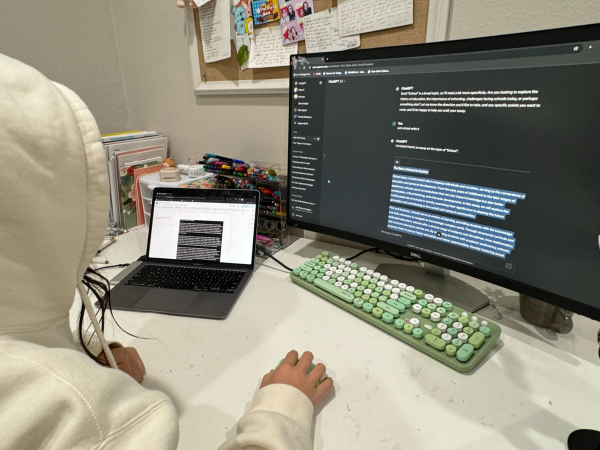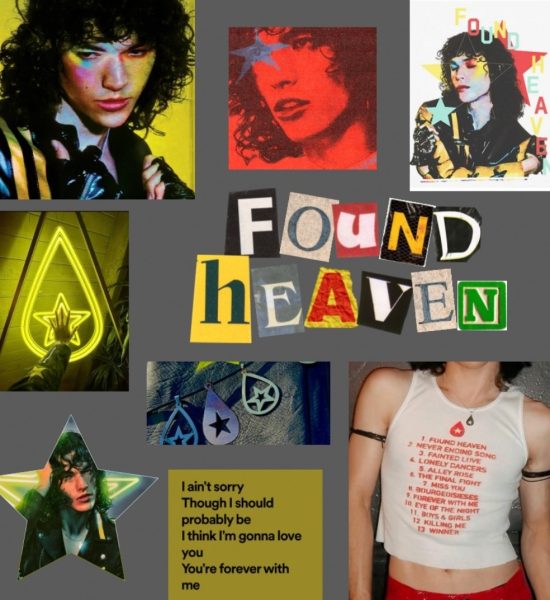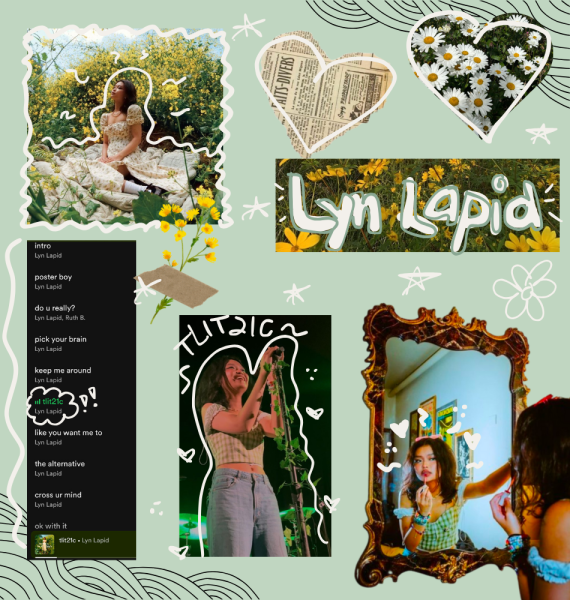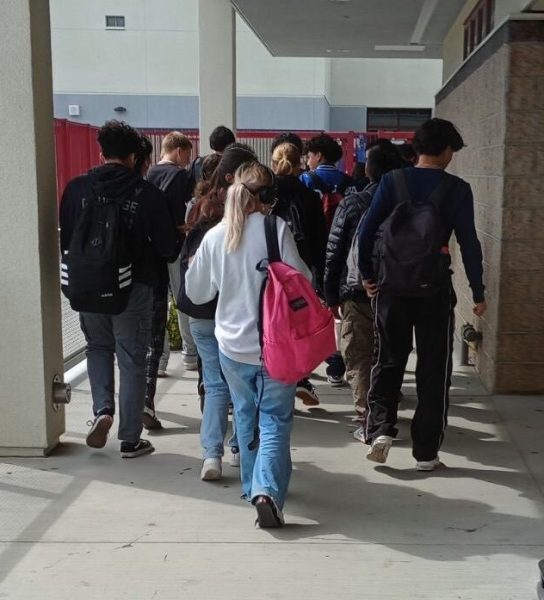Gen-Z’s Love Towards the Fast Fashion Industry and Its Impacts
Teens drawn to the fast fashion industry weigh the pros and cons of thrifting
December 7, 2021
Fast fashion has always been consumed by the general public in vast amounts. The fast fashion industry consists of stores like H&M, Forever 21, Shein, Urban Outfitters, Uniqlo, Fashion Nova, and many more. TikTok has brought fast fashion into the spotlight once again, making fast fashion one of the most consumed products by teenagers. The fast fashion being consumed includes pieces that are trendy at that time and they are affordable, so once the trend is over this piece of clothing can be disposed of and they would’ve gotten good use of it. But does one ever wonder where this piece of clothing goes and whether that impacts the environment in a positive or negative way? The same amount of money you’re spending for fast fashion clothing lines is equivalent to what you would be spending on an eco-friendly more sustainable clothing line. — Lilly Fawzy (11)
Junior Jasmine Cerasuolo, has been made aware of the many disadvantages of fast fashion including, “labor work within these stores and companies like Shein have clothing made of bad materials like plastics.”
Knowing about the harmful effects of fast fashion is extremely vital as consumers. It takes about 3,000 liters of water to produce one cotton shirt, and many of these clothing pieces require toxic coloring chemicals which mostly end up in our ocean. Due to how affordable these clothing pieces are, many people buy these pieces in bundles. After the clothing pieces are not in trend anymore they get tossed out or given as hand-me-downs which the Cerasuolo household does. But most of this clothing ends up in landfills and due to the large amount of clothing these piles are moved to be incinerated. This action leads to many public health and environmental concerns, because this creates a dangerous substance which pollutes the air.
When looking for alternatives, Junior Lilly Fawzy says that, “the same amount of money you’re spending for fast fashion clothing lines is equivalent to what you would be spending on an eco-friendly more sustainable clothing line.” She speaks with passion, suggesting thrift stores and secondhand clothing stores.
The benefits of thrift shopping reduces waste and minimizes clothing being incinerated. Just like the prices of fast fashion pieces, thrifting clothes can be just as cheap and you can find one of a kind pieces. Thrifting also helps your community and contributes to charities. What’s better than simultaneously being stylish and helping the environment!

![Even though all juniors must take the CAASPP test, not everyone takes it seriously despite incentives. “I think that weve tried our best to stress the importance of the test, so hopefully that is coming across within [students] own attitudes towards [the CAASPP], English 10 Honors and AP Language teacher Mrs. Alexis Sjol said.](https://ayalabulldogtimes.org/wp-content/uploads/2024/04/IMG_8177.jpg)


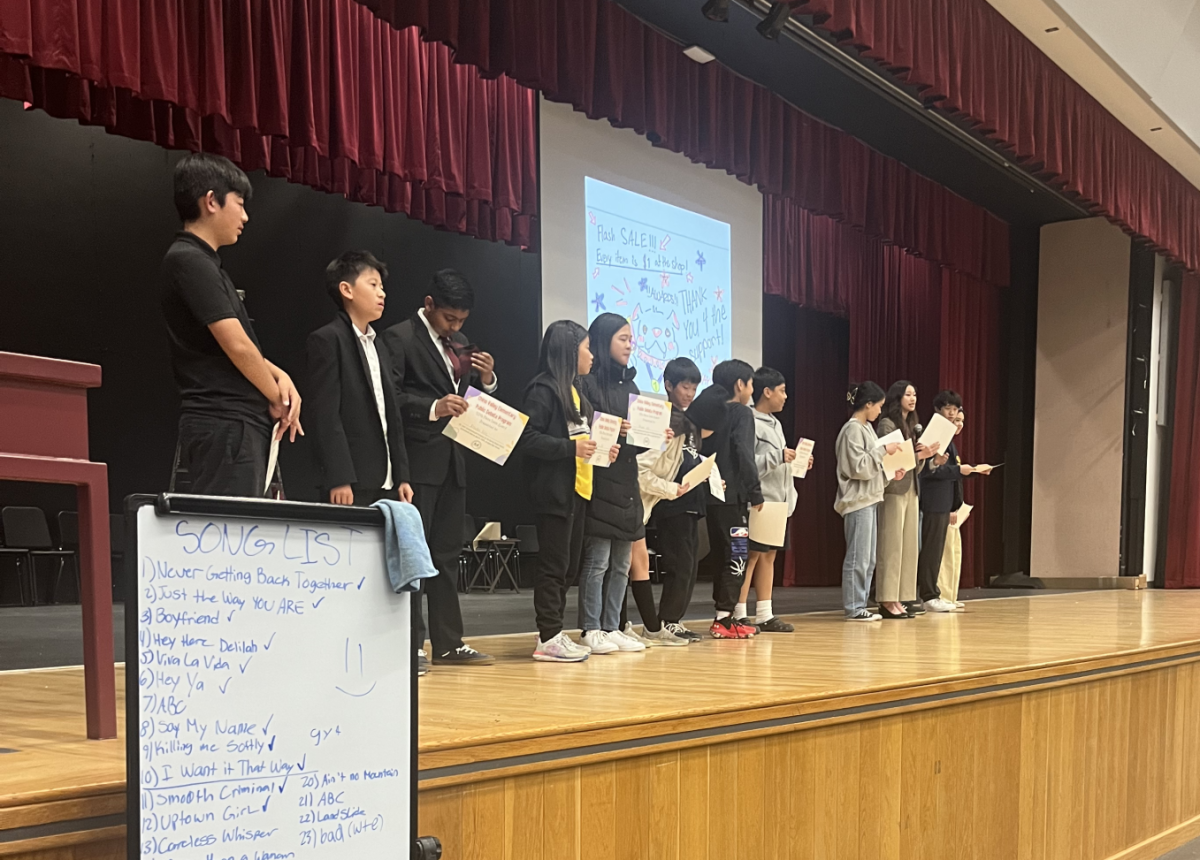

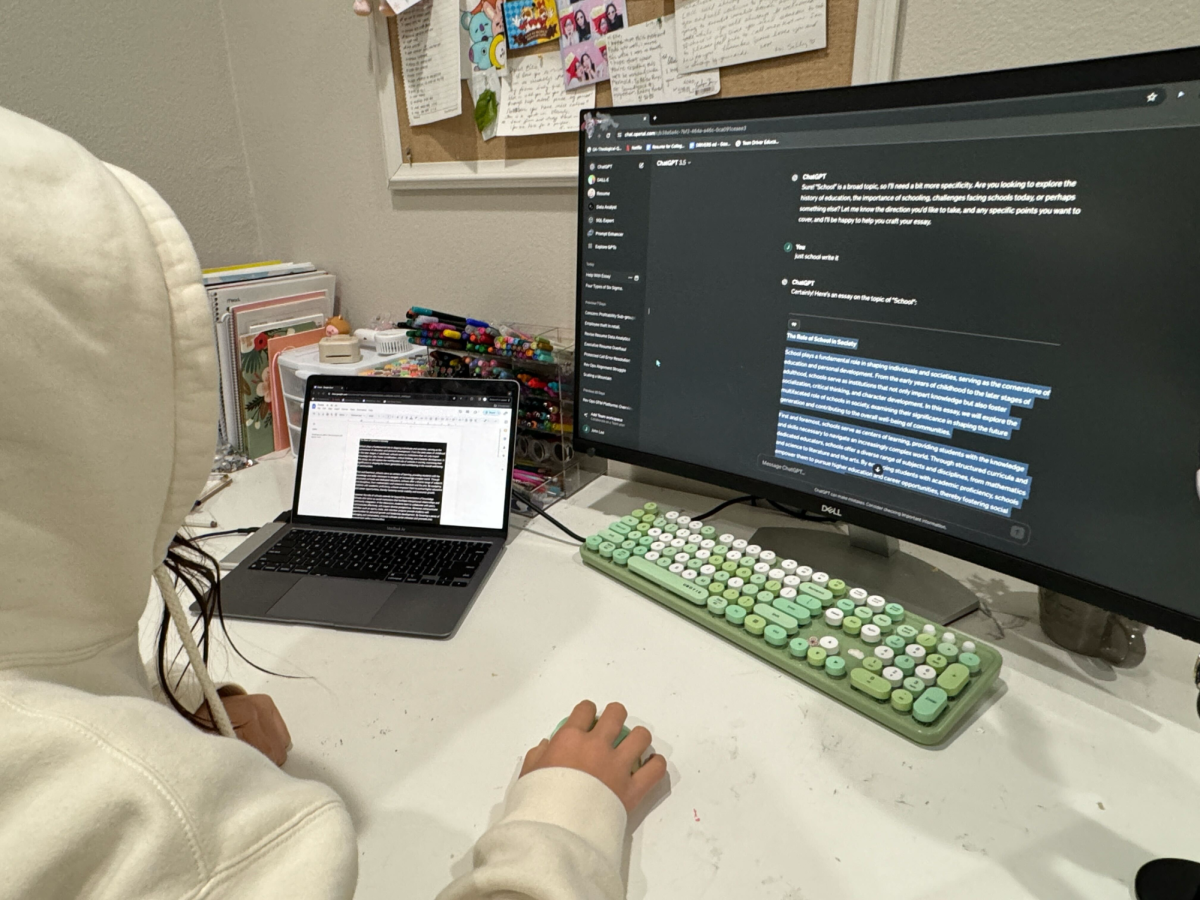



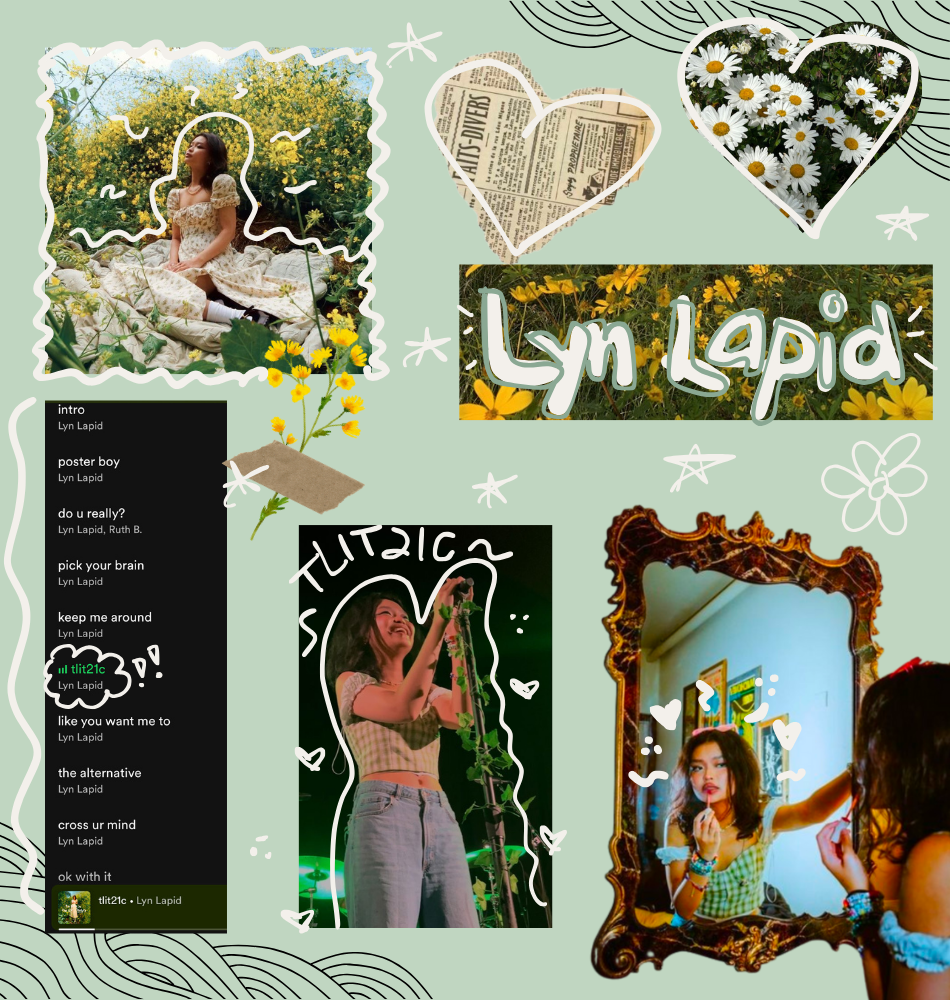





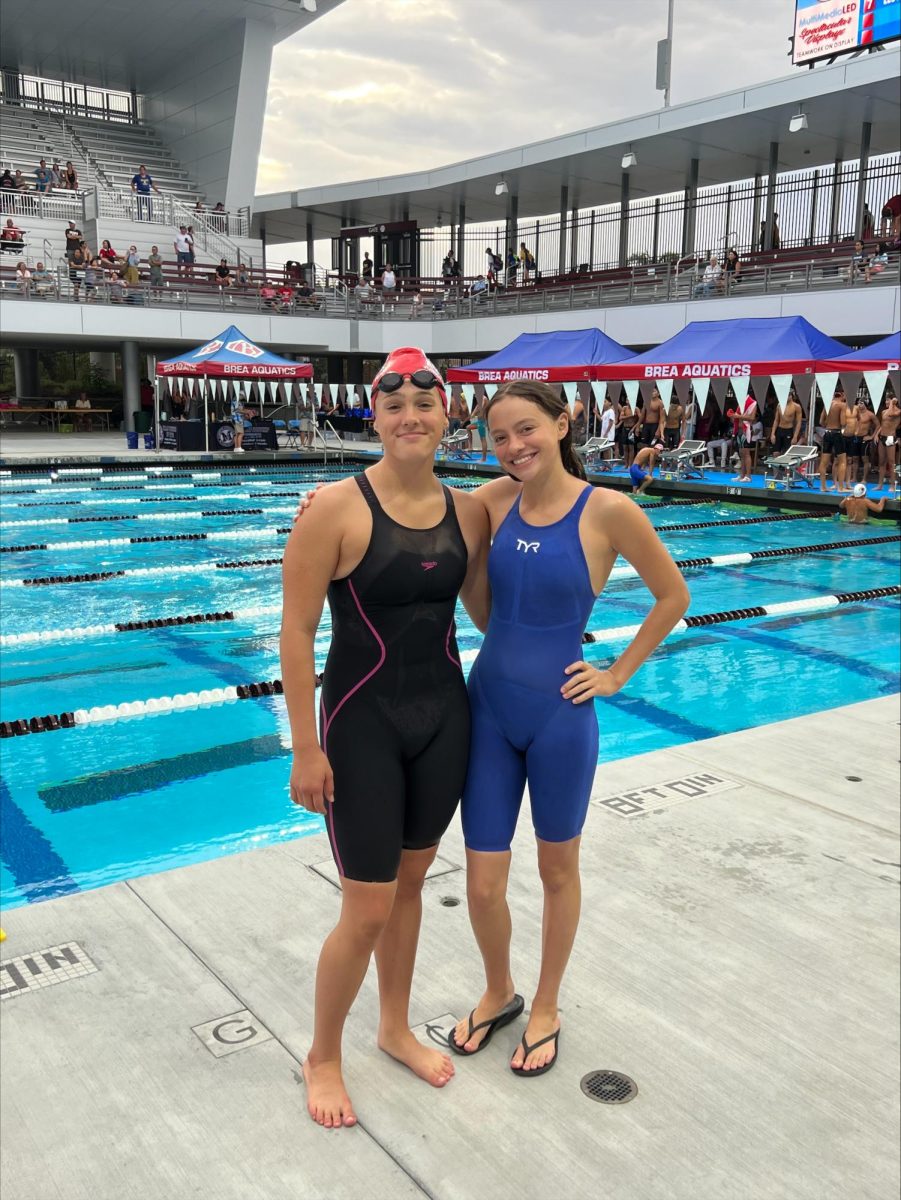

![Khalea Turningan has recently signed with the University of La Verne, to continue playing soccer after she graduates from Ayala. “Ive enjoyed [soccer] so much that I committed,” Turnigan said.](https://ayalabulldogtimes.org/wp-content/uploads/2024/02/Screenshot_20240201_122135_Instagram.jpg)
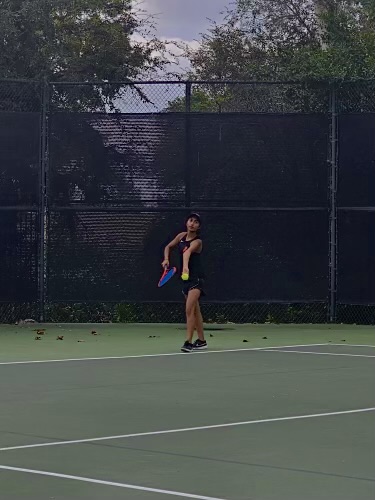
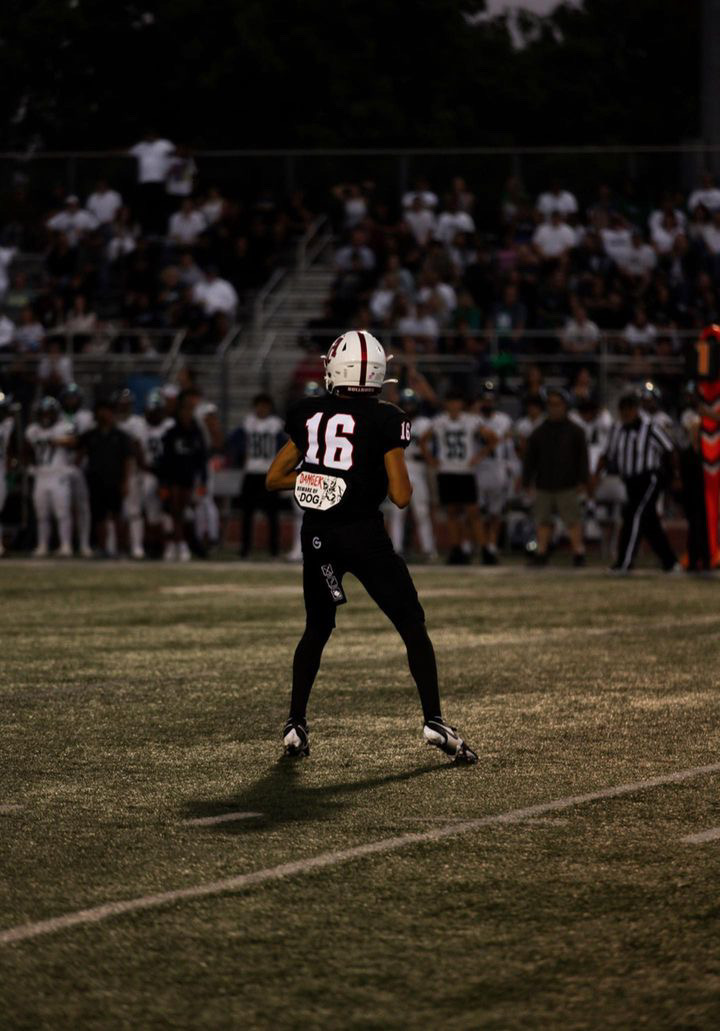








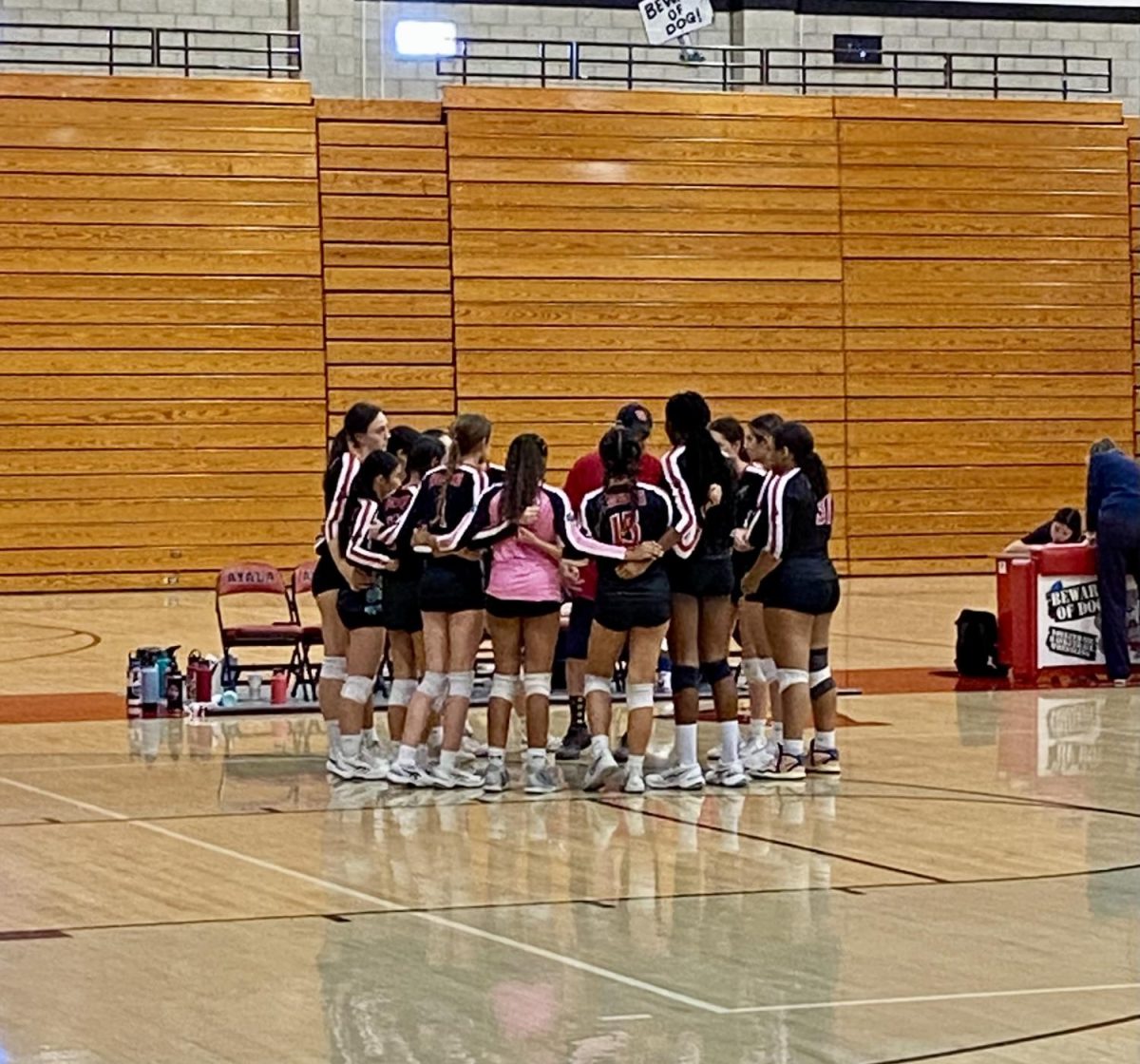
![Girls golf team at Glendora Country Club after their victory against Glendora High School. [From left] Lin Xu (9), Elisabeth lee (10), Eva Alcantara (10), Julie Zhao (9), Madison Soong (10), Priya Devine (10), Rachel Lee (9), Bella Campagna (12), Malaya Csupak (12), Julianna Limchu (12), Kailyn Dang (11), Hannah Reyes (11).](https://ayalabulldogtimes.org/wp-content/uploads/2023/11/IMG_6906-e1699247144815-1200x871.jpeg)

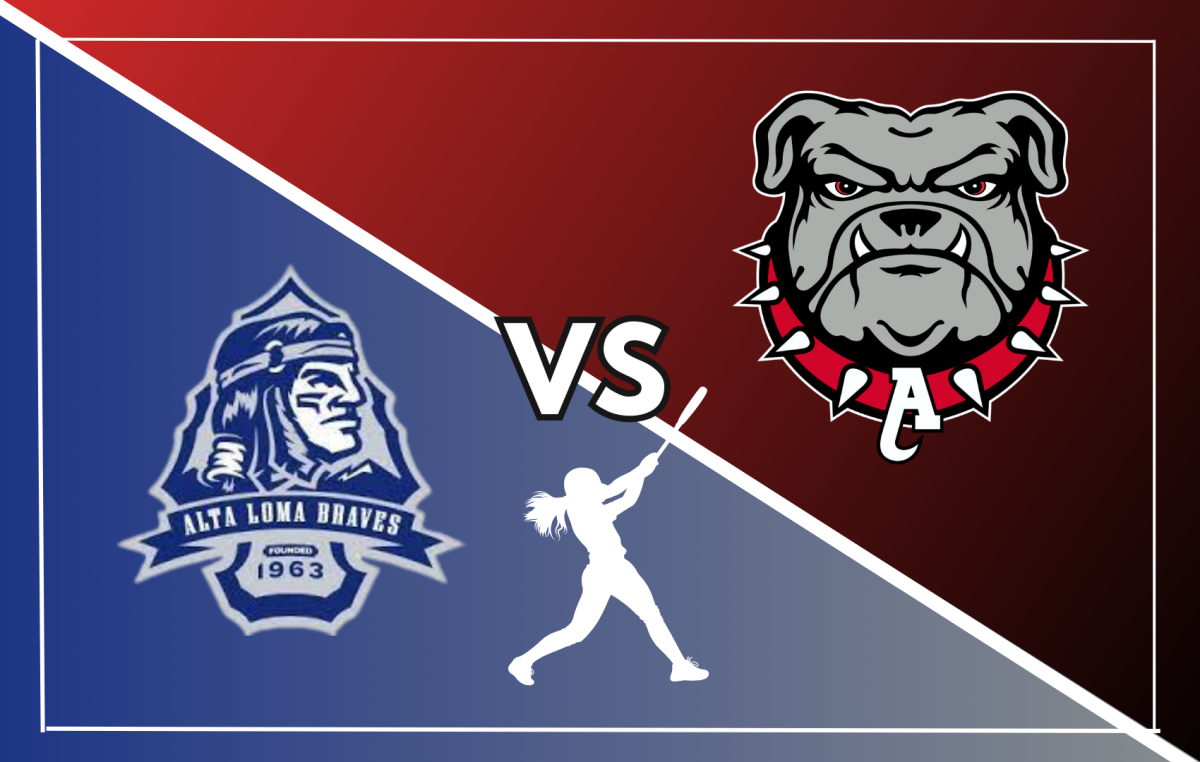








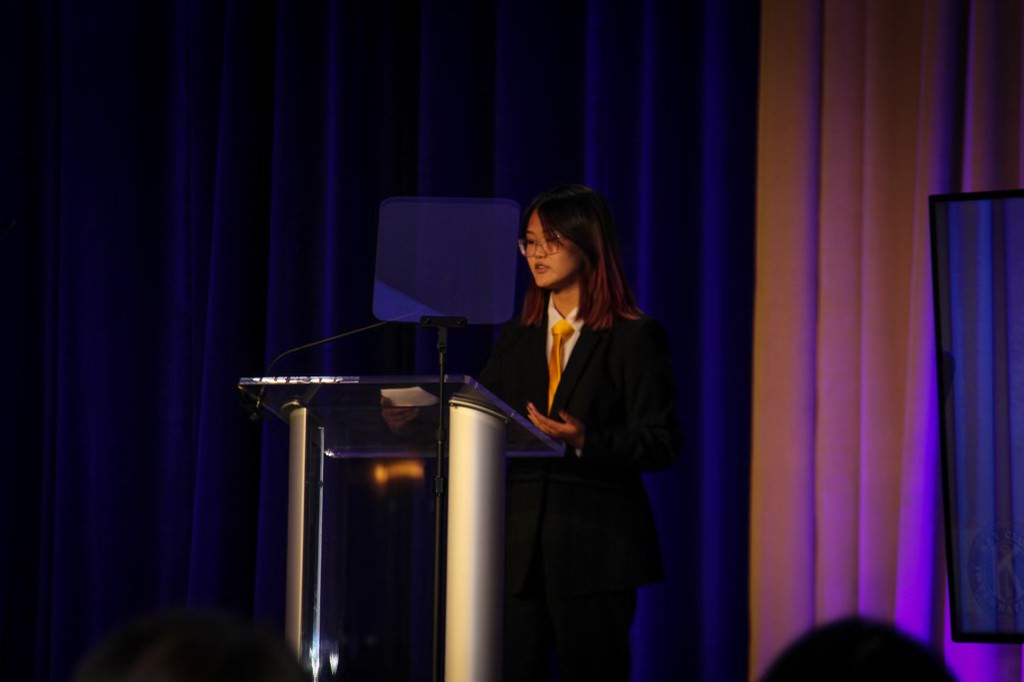


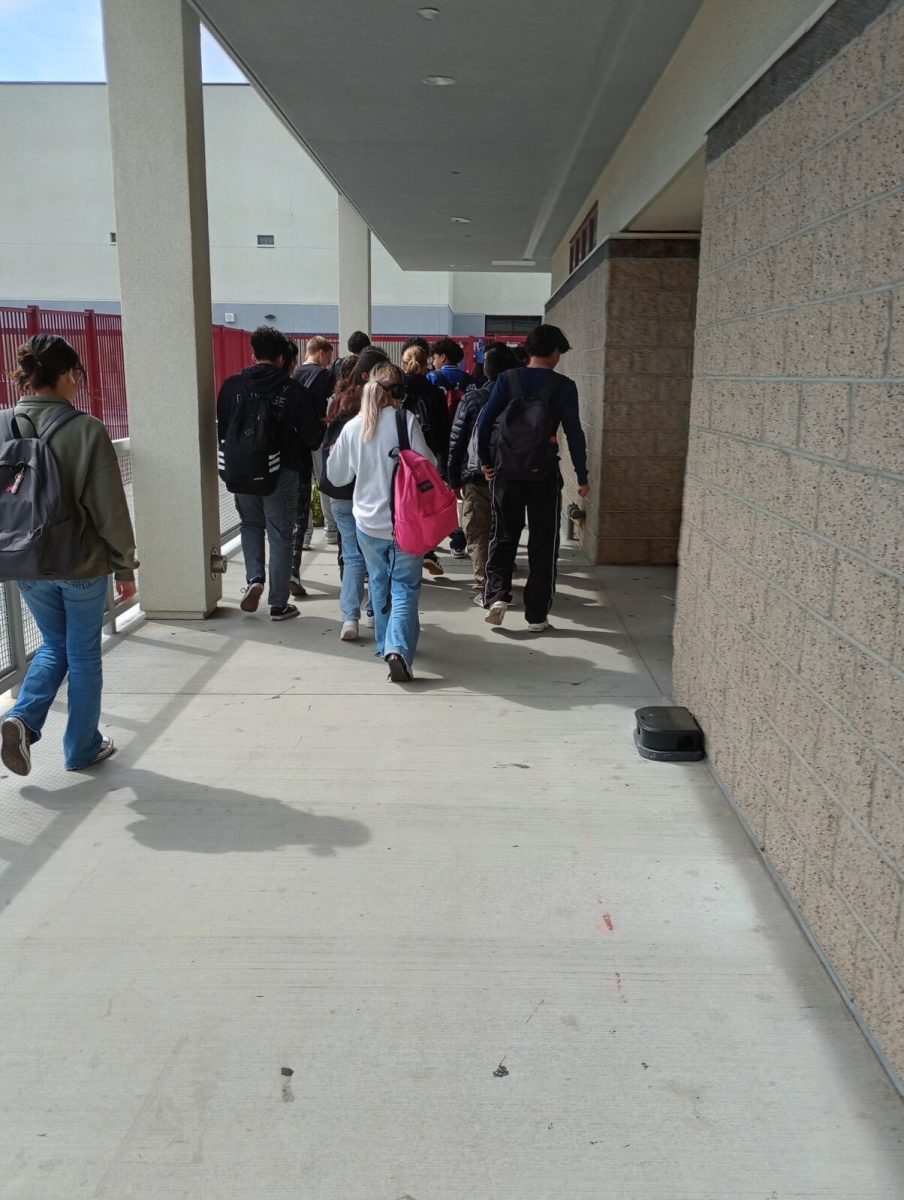
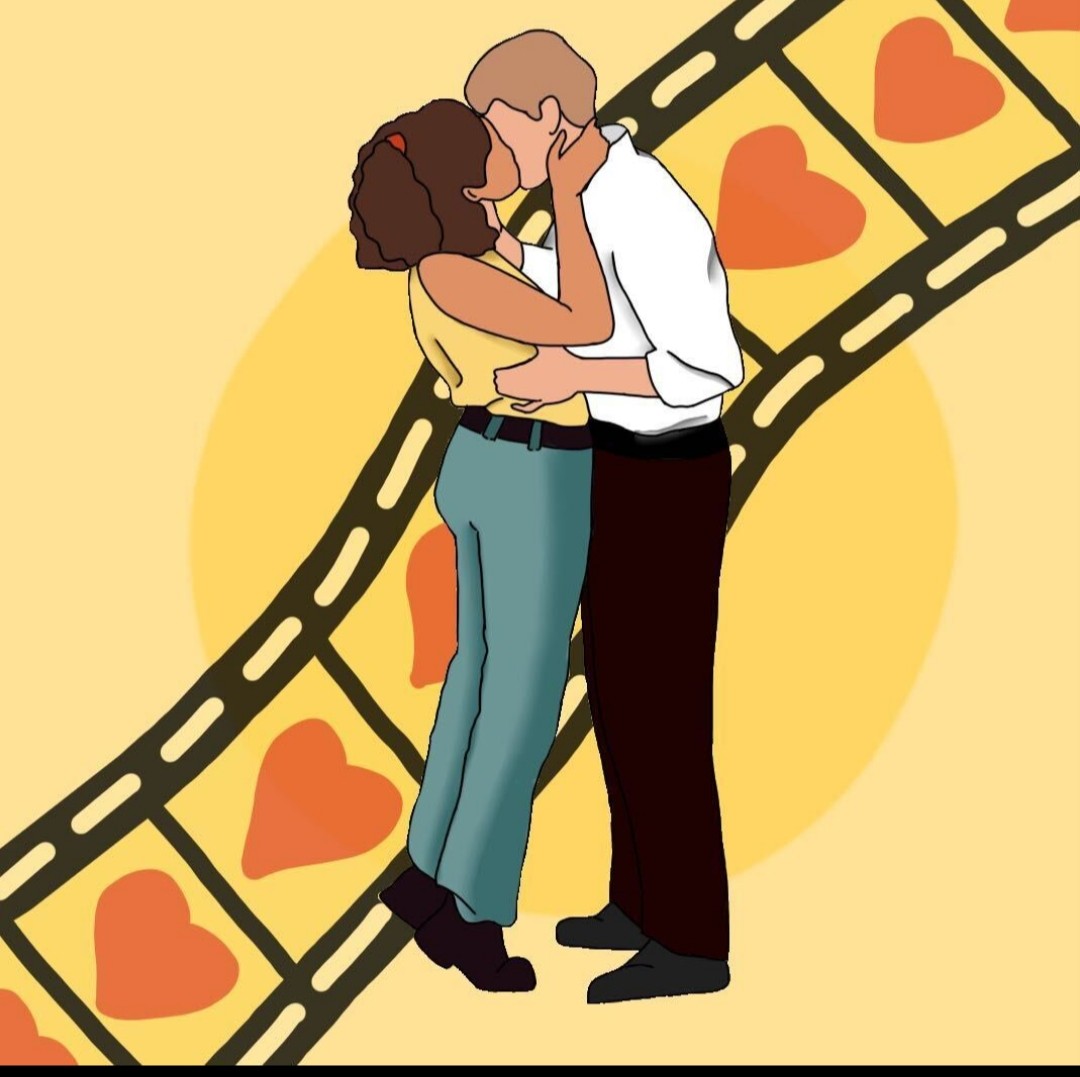
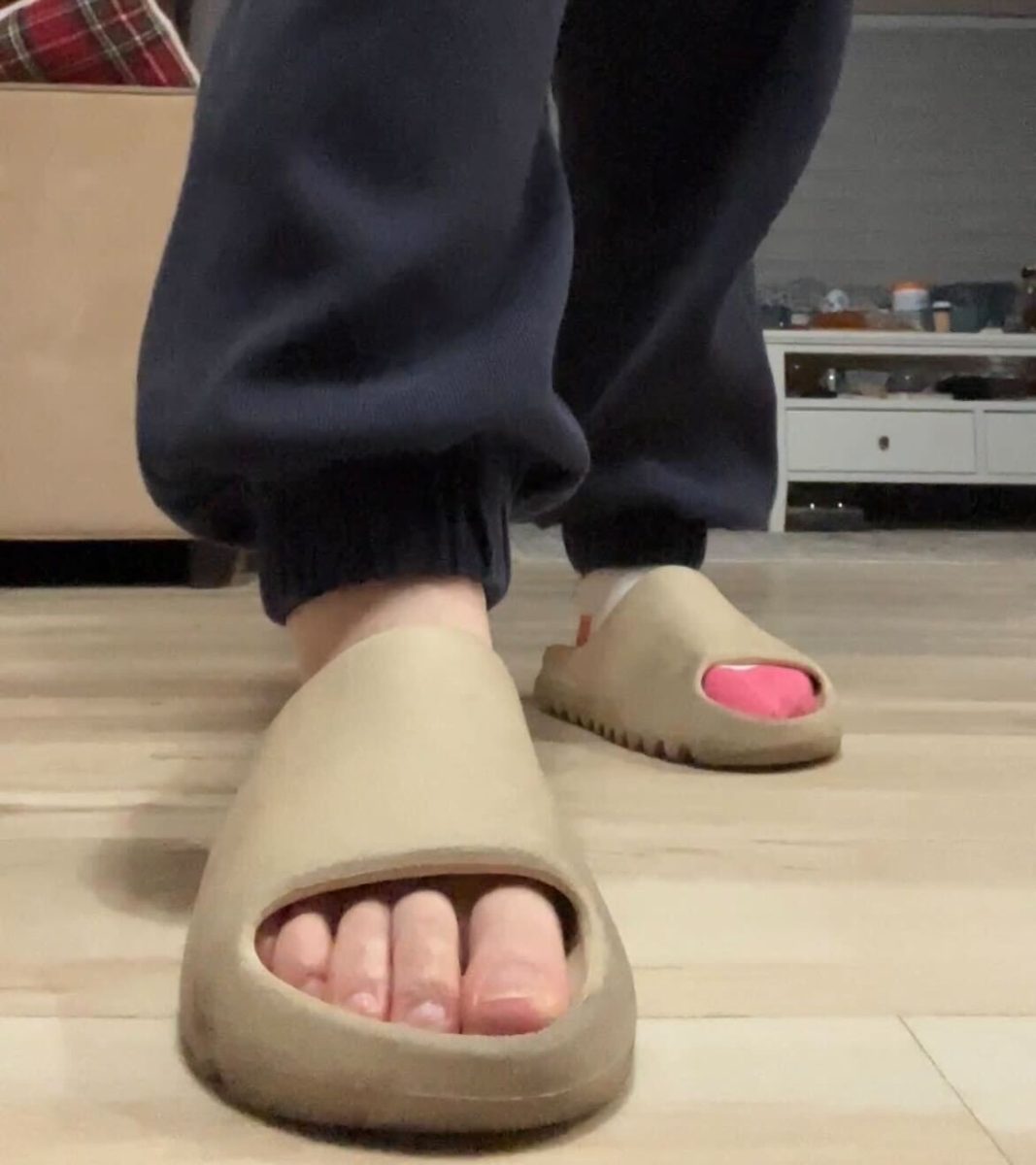

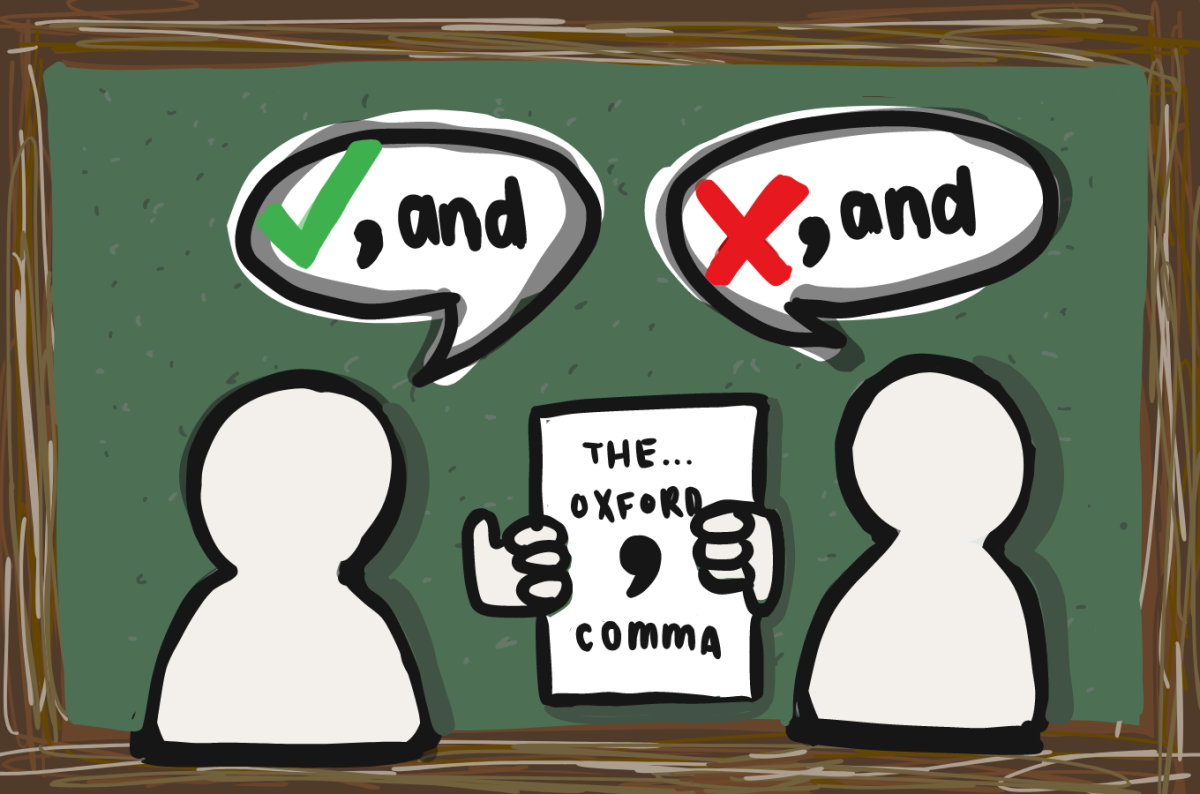
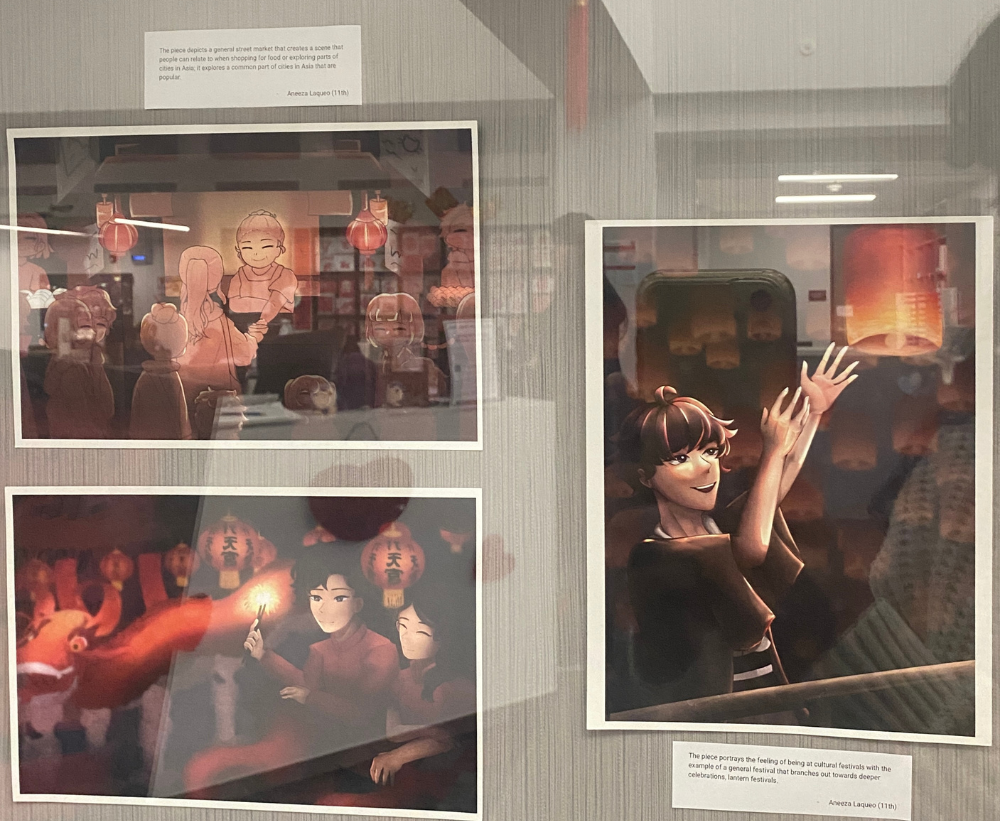


![[Valentines Writing Comp 24] How Dare You?](https://ayalabulldogtimes.org/wp-content/uploads/2024/03/IMG_1687-1200x794.png)
![[Valentines Writing Comp 24] Roses and Violets: A Modern Love Letter](https://ayalabulldogtimes.org/wp-content/uploads/2024/03/IMG_1686.png)




![[Playlist] Year 4](https://ayalabulldogtimes.org/wp-content/uploads/2023/11/Screenshot-2023-11-28-9.31.43-PM.png)
![[Episode 2] Fast fashion on the environment](https://ayalabulldogtimes.org/wp-content/uploads/2023/04/cover-art-1-900x900.png)


